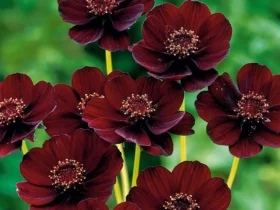Amidst the enchanting tapestry of wild landscapes and gardens, a resilient and elegant wild rose species graces the scenery—the Rosa canina, commonly known as the Dog Rose. With its delicate blossoms, robust growth, and historical significance, this wild rose variety has captured the hearts of botanists, herbalists, and nature enthusiasts for centuries. In this article, we delve into the captivating world of Rosa canina, exploring its appearance, characteristics, historical uses, and its enduring presence in both natural and cultivated settings.
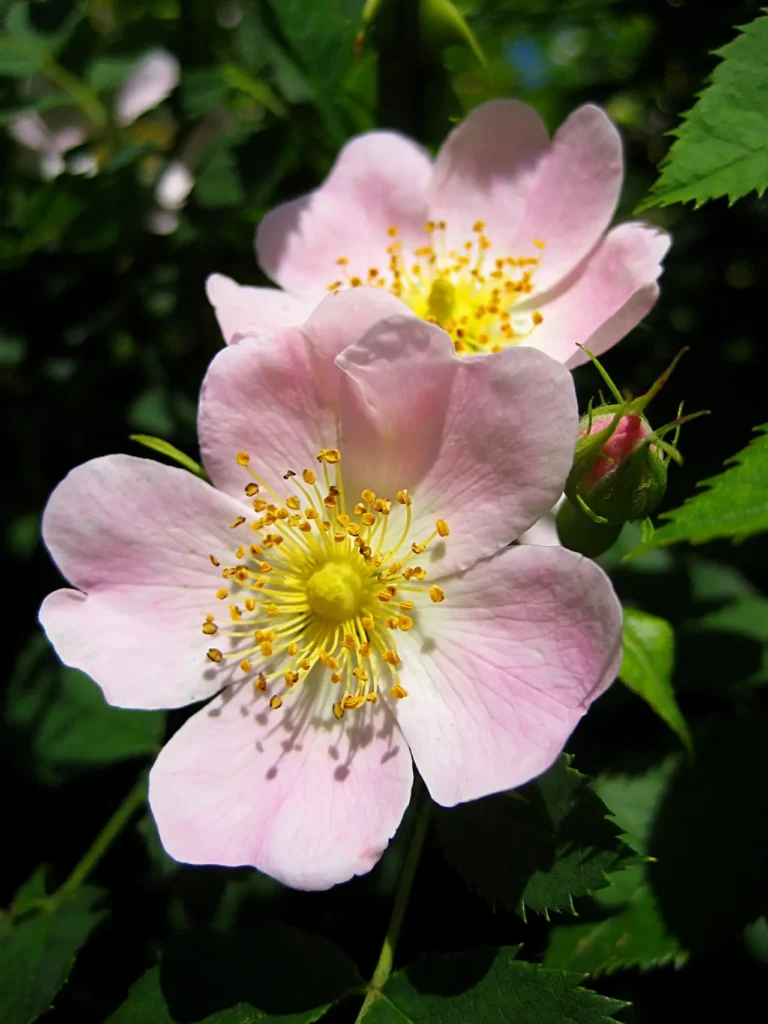
Appearance and Characteristics
Rosa canina is a deciduous shrub belonging to the Rosaceae family. It is characterized by its arching stems adorned with pinnate leaves consisting of several leaflets. The stems are armed with prickles, which are a unique feature of rose plants and serve as a defense mechanism against herbivores.
The blossoms of Rosa canina are a sight to behold. These wild roses typically feature soft pink or white petals with a charming five-petaled arrangement. The center of the flower is adorned with a cluster of bright yellow stamens, adding a touch of vibrancy to the overall appearance. As the petals drop, the developing rose hips take center stage, transforming into vibrant red or orange fruits that are not only visually appealing but also nutritionally valuable.
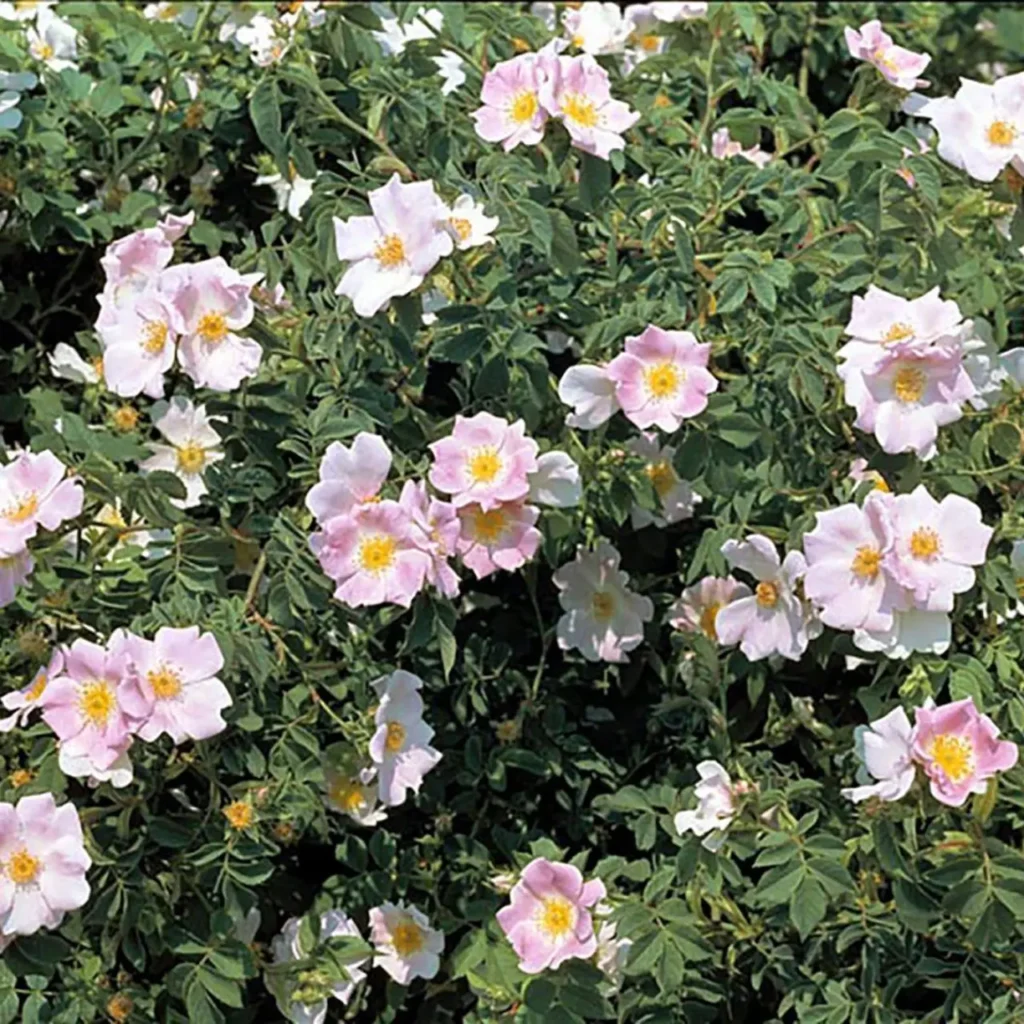
Historical Uses and Cultural Significance
Throughout history, Rosa canina has held a special place in human cultures, thanks to its various uses and symbolic associations. The rose hips of Rosa canina are particularly noteworthy, as they are a rich source of vitamin C. During times when fresh produce was scarce, rose hips were cherished for their nutritional content and used to make teas, jams, and medicinal preparations to boost immunity and combat scurvy.
In folklore and mythology, the rose has often been associated with love, beauty, and protection. Its presence in gardens and natural landscapes added a touch of enchantment to the surroundings. In some cultures, the rose was linked to divine and spiritual meanings, becoming a symbol of renewal, purity, and the ephemeral nature of life.
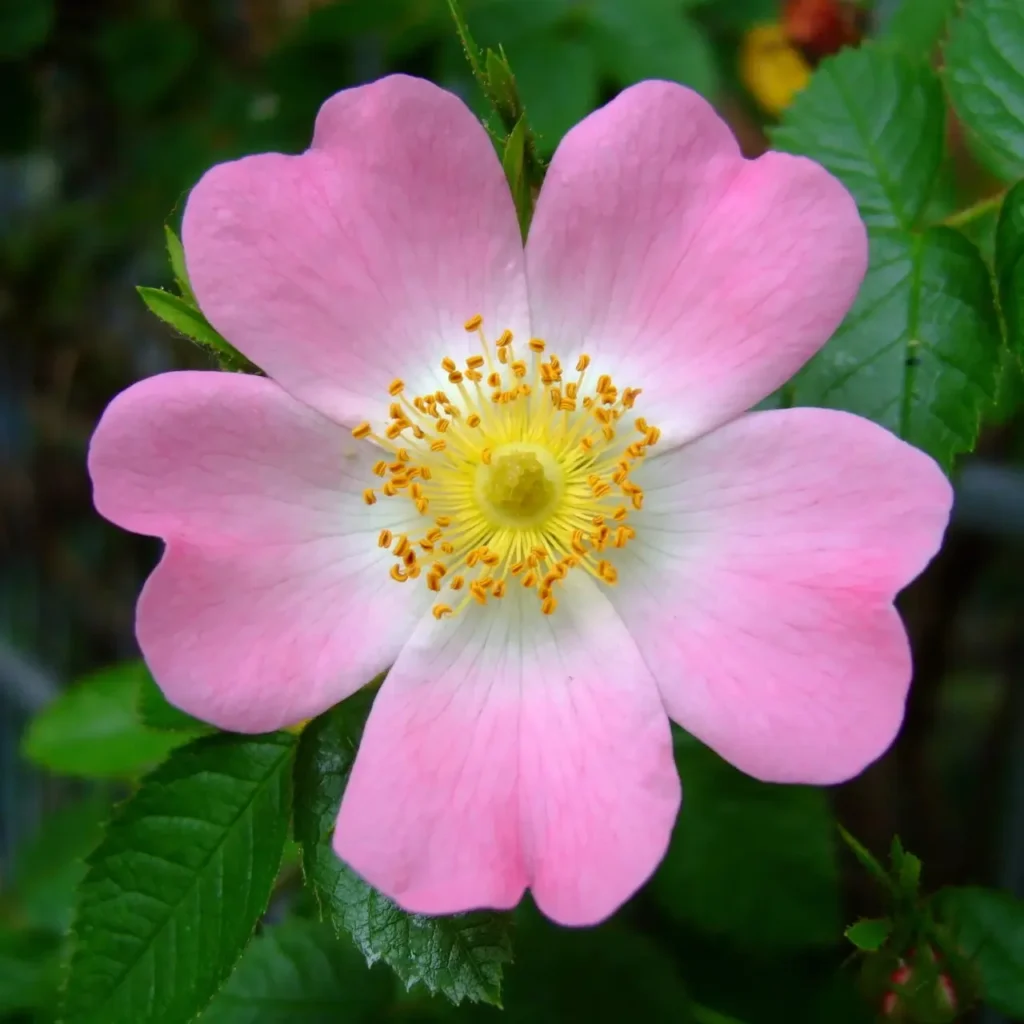
Cultivation and Garden Uses
Beyond its wild habitats, Rosa canina is often cultivated for its aesthetic and medicinal value. Gardeners appreciate its robust growth habit, charming flowers, and the ornamental appeal of its rose hips. When introduced into gardens, Dog Rose can be trained to climb trellises or sprawl along fences, adding a touch of rustic beauty to the landscape.
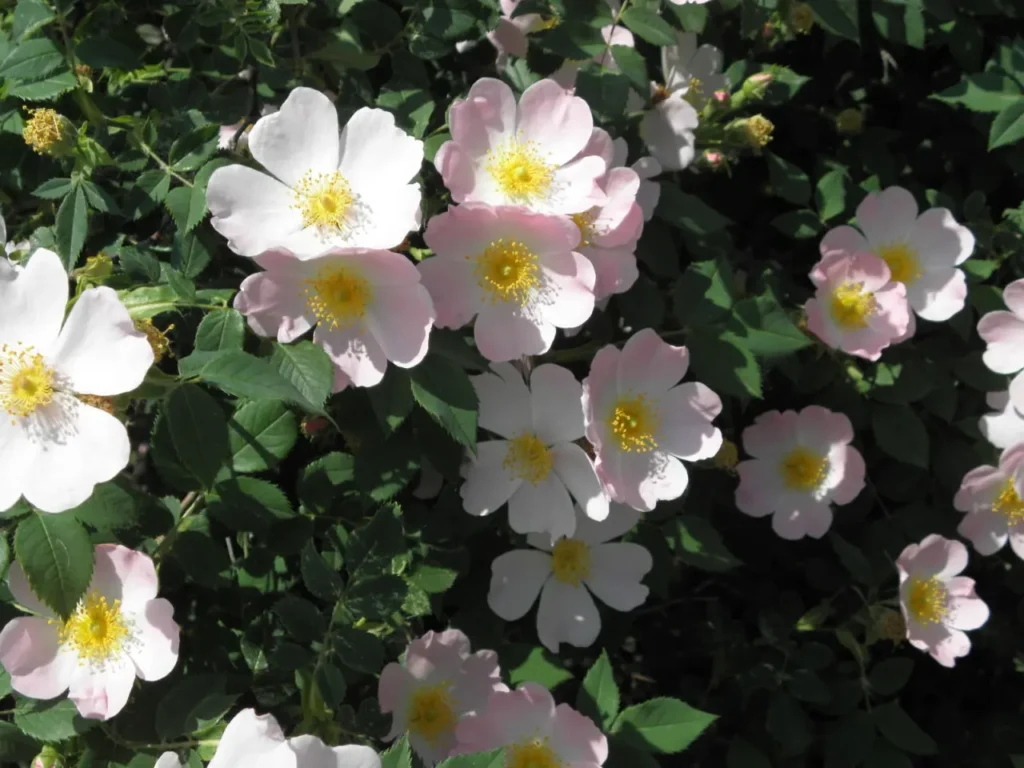
Conservation and Natural Habitats
Rosa canina plays an essential role in the ecology of its native habitats. It provides nectar and pollen for various pollinators, including bees and butterflies. The rose hips also serve as a valuable food source for wildlife, contributing to the overall health and diversity of the ecosystem.
As with many wild species, the conservation of Rosa canina is vital to maintain its genetic diversity and ecological contributions. Protecting its natural habitats, promoting sustainable harvesting of rose hips, and preventing invasive species from disrupting its ecosystems are essential aspects of preserving this wild rose’s beauty and benefits for future generations.
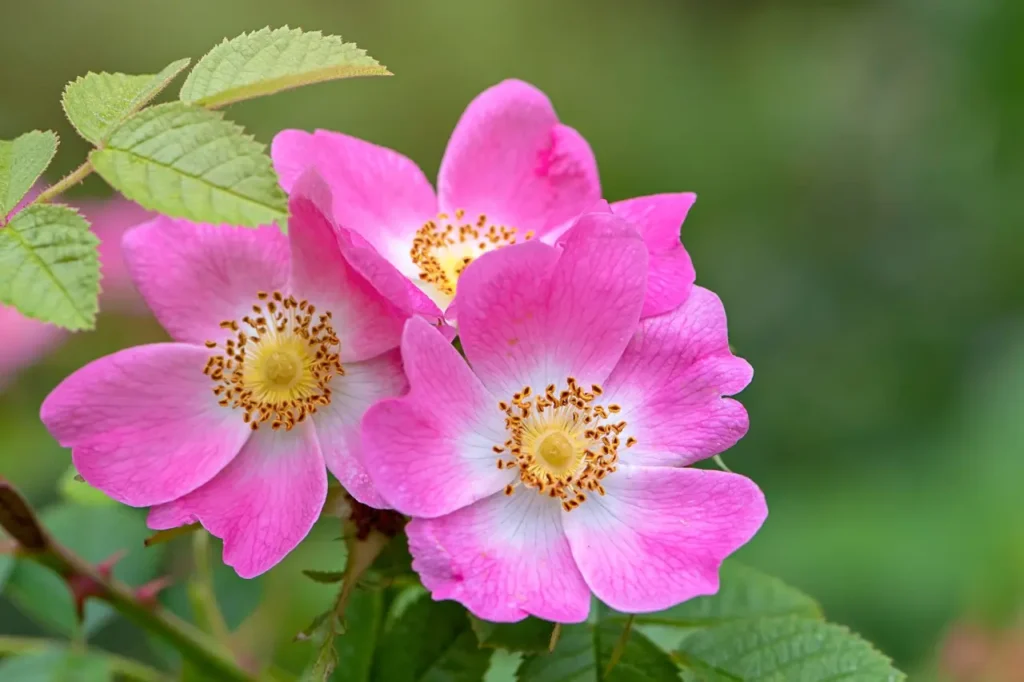
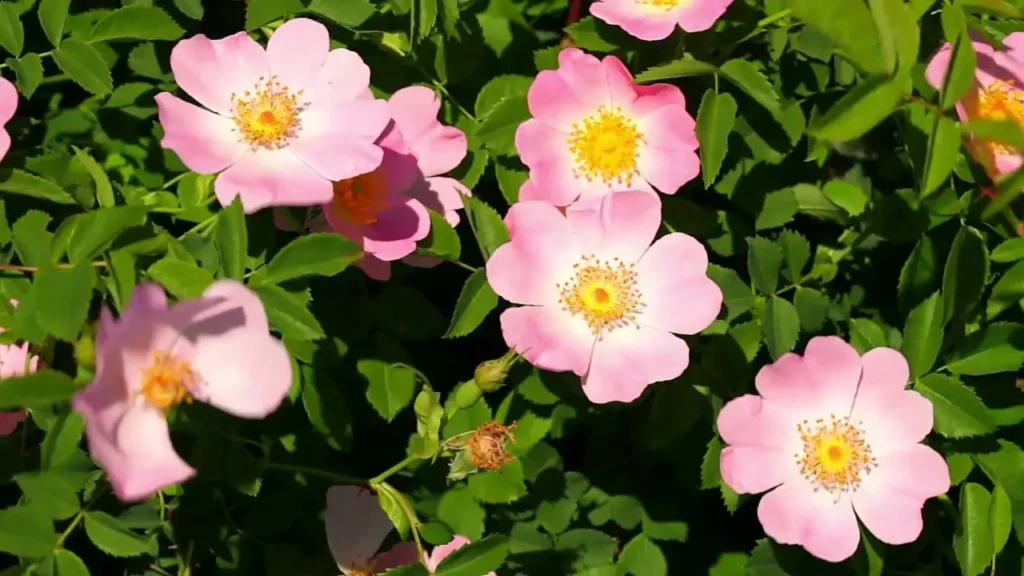
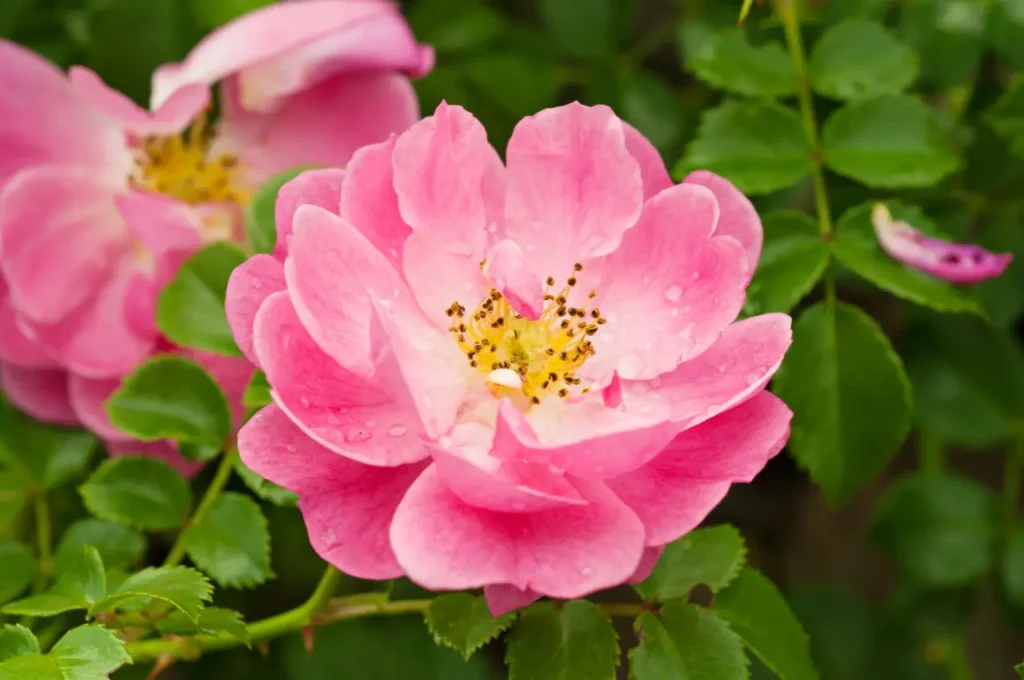
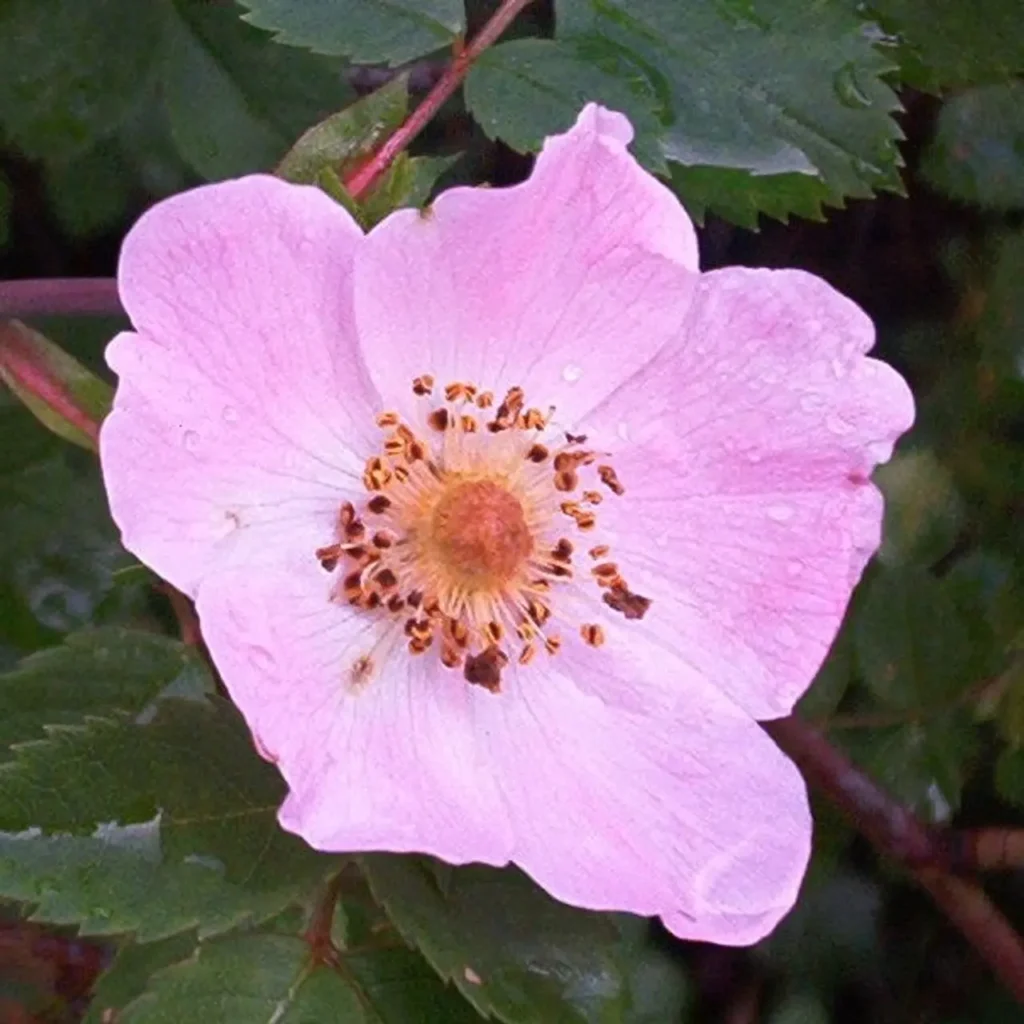
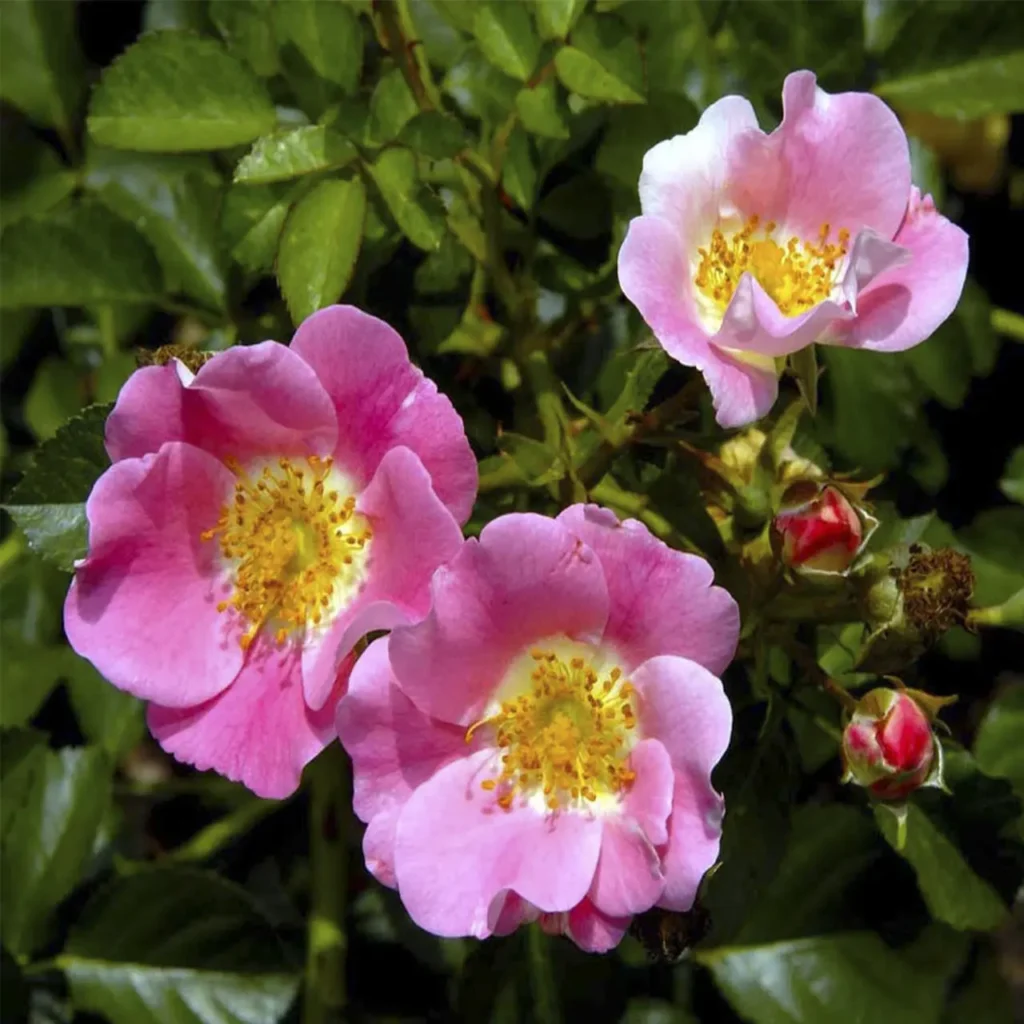
Rosa canina, the Dog Rose, stands as a testament to the enduring beauty, cultural significance, and ecological importance of wild plants. Its delicate blooms, robust growth, and historical uses remind us of the deep connections between humans and the natural world. As we continue to appreciate and protect the enchanting presence of Rosa canina in both wild landscapes and cultivated gardens, we honor its legacy and the timeless charm it brings to the tapestry of life.
